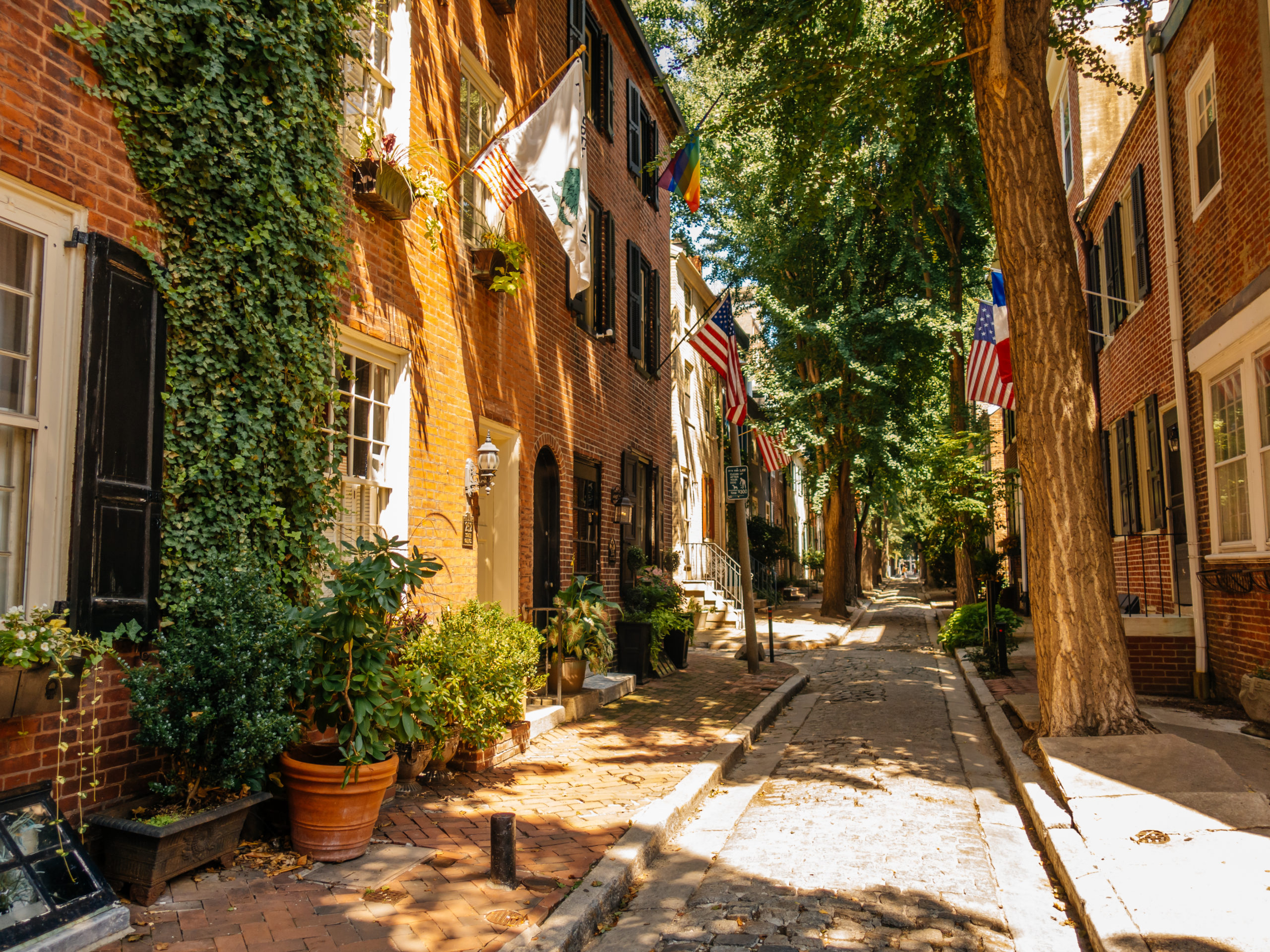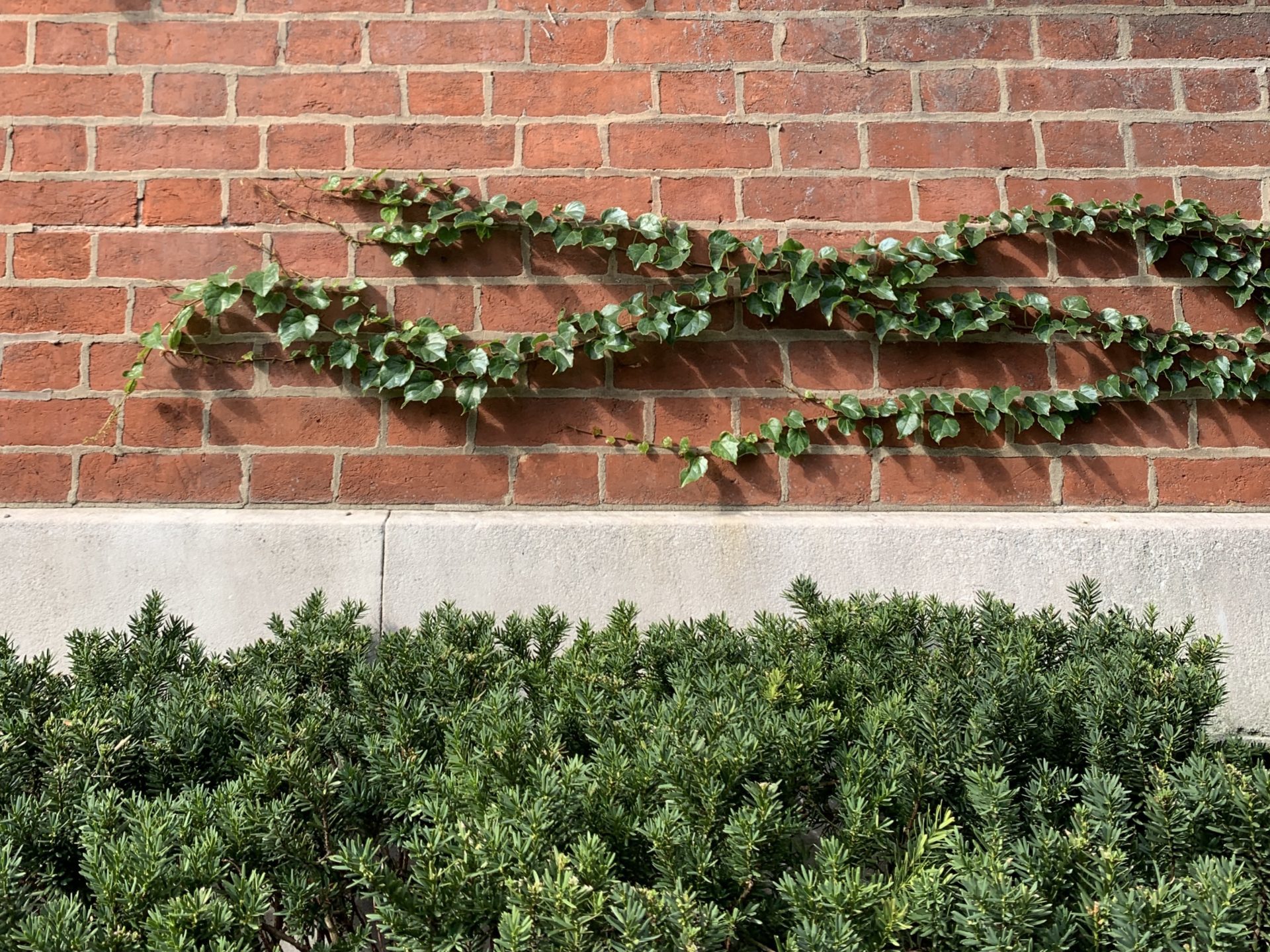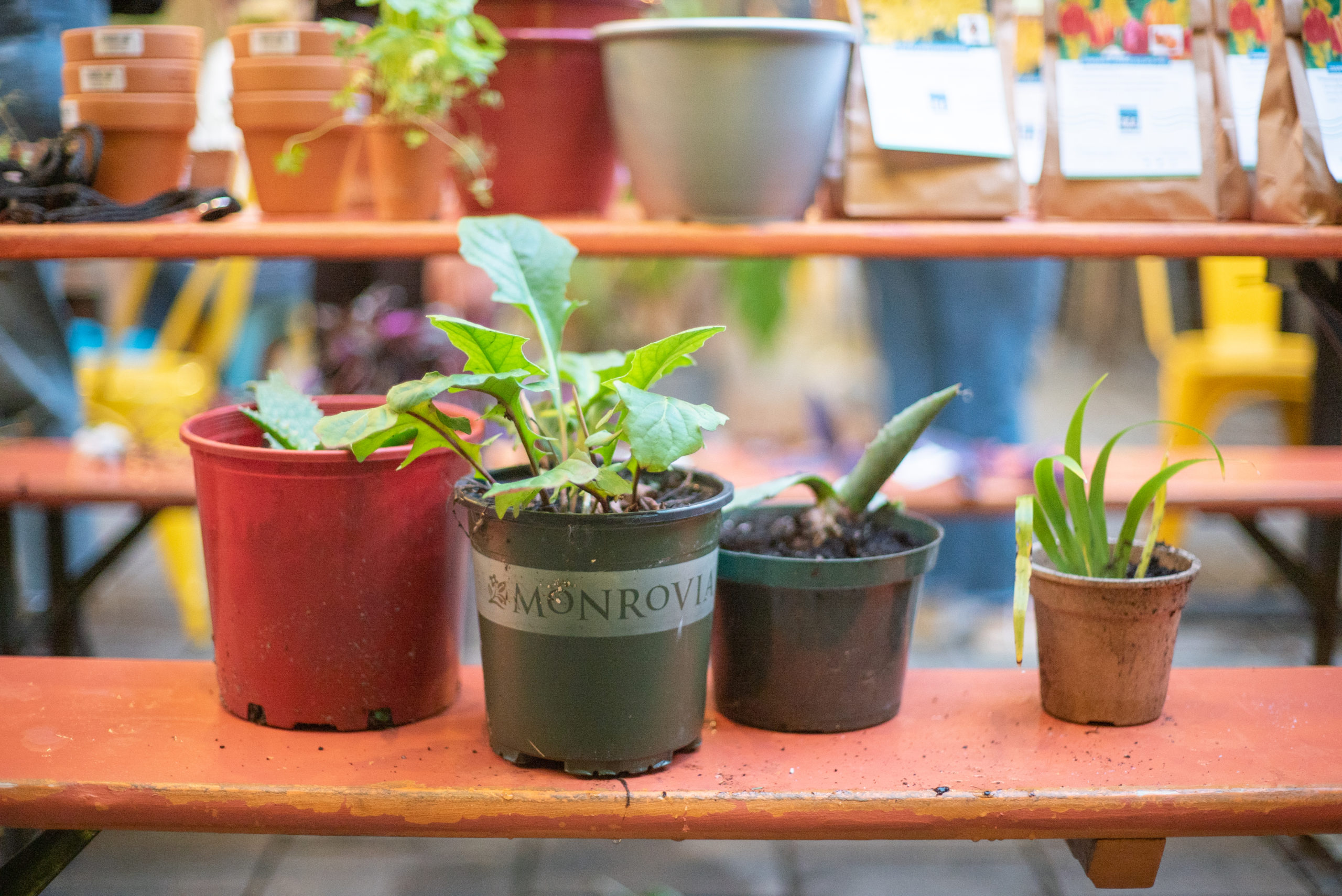General
The Secret Life of Buildings: Philadelphia Alleys

Philadelphia’s alleys have a rich history that contributes to the charm of Philadelphia with their cobblestone, tree-lined streets, and architecture. From tiny streets allowing passage between houses to service roads and residential courts tucked away between larger streets, Philadelphia’s alleys are part of the fabric of the city and hidden gems worth exploring.
Origins of Alleys
The original function of these tiny streets was to hide the less attractive functions of urban life, including service and servant entrances, horse stables, carriage houses, and trash disposal. This hints at why “backdoor” alleys were synonymous with brothels in the mid-19th century.
An 1849 pamphlet, “Guide to Ladies of Pleasure in the City of Brotherly Love,” lists an abundance of brothels located in alleys, including seven on what is now Darien Street, an alley between 8th and 9th Street. Their proximity to the Walnut Theater was intentional. At the time, the theaters permitted “ladies of the night” to display their wares on the balcony.
Beautiful Alleys
Take a leisurely walk through Center City, and you’ll likely stumble across one of the city’s many alleys. Philly’s abundance of lovely residential alleys is overwhelming: Panama, Iseminger, Latimer, Addison, Van Pelt, etc. We have selected just a few “must-see” alleys to introduce you to their historic relevance and beauty.
Elfreth’s Alley
The nation’s oldest continually inhabited street, Elfreth’s Alley in Old City was created in 1702 as a cart-lane, to move goods from the Delaware River docks to Second Street. The Georgian and Federal-style houses on this National Historic Landmark were built between 1703 and 1836. They are a rare surviving example of 18th century working-class housing.
By the early 20th century, Elfreth’s Alley was deteriorating. The founding of the Elfreth’s Alley Association(EAA) in 1934 saved the street from demolition. As a result of their efforts in the 1960s, brightly colored shutters, freshly painted houses, flowering window boxes and flags recast the Elfreth’s Alley in a brighter light. Now in its 300th year, the Alley features a museum dedicated to its history.
Camac Street
This 300 South block of Camac Street, now protected by the Philadelphia Historical Commission, did not always have a genteel reputation. In the late 19th and early 20th century, the block was home to brothels and taverns. In preparation for the Sesquicentennial, it was given a makeover, adding Colonial-era lampposts and hitching posts, improving sidewalks and painting houses.
By 1915, the houses of debauchery were replaced by discrete ladies and gentlemen’s clubs, including the Plastic Club, Poor Richard Club, the Sketch Club and the Franklin Inn Club. It now also is the home of Tavern on Camac, a popular gay piano bar and restaurant.
The Venture Inn, at 255 S. Camac, which closed in 2016, was originally a stable built in the 1830s and served as a station on the Underground Railroad. In 1919, the former stable became a tea room and, in 1931, it turned into a restaurant. During Prohibition, the Inn served as a speakeasy as did a restaurant at 243 S. Camac named Maxine’s. In the 1970s, both Maxine’s and the Inn became gay bars making the 300 South block of Camac the hub of the Gayborhood.
Quince Street
Running between Spruce and Pine, and between 11th & 12th, the 300 South block of Quince Street is a tiny alley of historic homes and tall trees, creating an escape from the bustle of Center City traffic.
It is the home of the Mask and Wig Club, the oldest all-male collegiate musical-comedy troupe in the United States founded in 1889. This University of Pennsylvania eating and drinking clubhouse traces its history back to the early 1800s, during which time it served as a church, a stable and carriage house, and – drum roll please – the dissecting rooms for the nearby Jefferson Medical College.
The Clubhouse is home to a collection of early Maxfield Parrish artwork and is listed on the National Register of Historic Places. If you smell an enticing aroma on Quince Street, follow your nose to Effie’s Restaurant, a Greek taverna with garden dining, located on the corner of Quince and Pine.
Smedley Street
If you have ever walked along the 300 S. Block of Smedley Street, between Spruce and Pine, and 15thand 16th, you may have walked past history without knowing it. The beautiful Georgian-style, red brick house at 333 S. Smedley was not always a private residence.
Built in 1800, for over fifty years, from the 1940s to the mid-1990s, it was known as the Three Threes, an elegant northern Italian restaurant popular with theater and concertgoers. During Prohibition, it was a speakeasy that made gin in a claw-footed Victorian bathtub. After the restaurant closed in 1994, the property was fully restored as a private residence and featured on a 2017 episode of the HBO series “If These Walls Could Talk.”
Walking Tours
Interested in an architectural perspective of Philly’s alleys? The Preservation Alliance offers walking tours of The Littlest Streets East of Broad and The Littlest Streets of Fitler Square.
We invite you to discover the big allure of our City’s smallest streets! If you’re interested in buying a historic home nestled in one of the city’s beautiful tree-lined residential alleys or just want to share your favorite alley with us, drop us a line at info@solorealty.com
This article is part of a series titled “The Secret Life of Buildings” where we write about the history and architecture behind Philadelphia’s buildings. We’ve covered row house styles, common Philadelphia brick styles, trinity homes, star bolts, and residential courts, among other topics.







